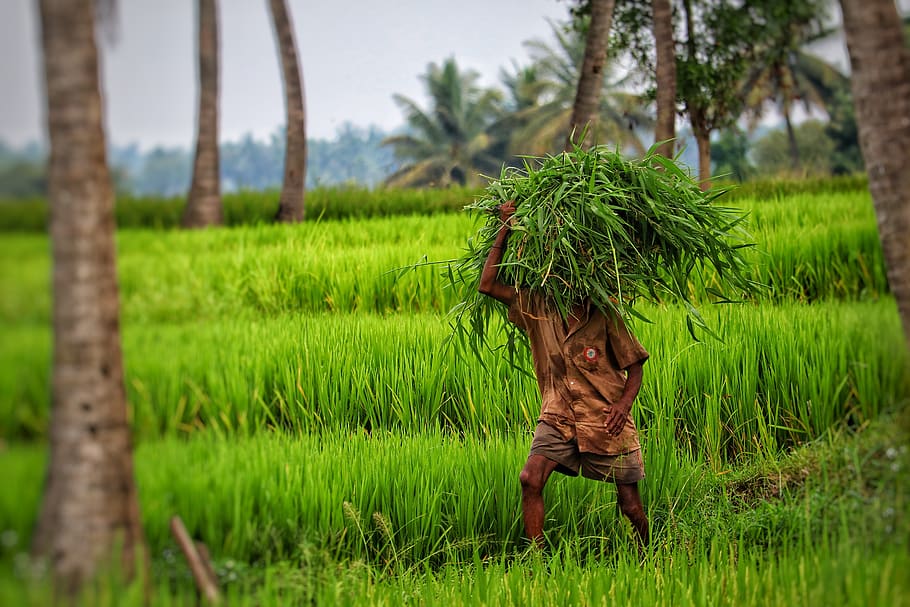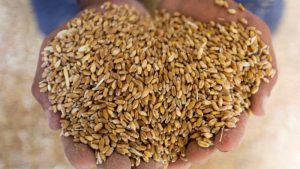On the agri-imports front, the biggest item is edible oils — worth about $10 billion (more than 15 mt). This is where there is a need to create “aatma nirbharta”, not by levying high import duties, but by creating a competitive advantage through augmenting productivity and increasing the recovery ratio of oil from oilseeds.
With global supply chains being disrupted because of the COVID-19 crisis and the country embroiled in a border standoff with China, Prime Minister Narendra Modi has given a clarion call for “Aatma Nirbhar Bharat”. The Modi government has banned 59 Chinese apps, it has stepped up effort to check imports and investments from China, even raised import duties, and asked Indians to “be vocal for local”. Many economists have described all this as “back to protectionism”.
One may ask: What does Aatma Nirbhar Bharat mean? Is it self-reliance or self-sufficiency in all essential items? Can India be aatma nirbhar in crude oil, which is so essential and where import dependence is roughly 80-85 per cent? One gets fuzzy answers from the government.
Let me focus here on “aatma nirbharta” in the agriculture sector. It is presumed that for a large country like India, with a population of 1.37 billion, much of the food has to be produced at home. We don’t want to be in a “ship to mouth” situation, as we were in the mid-1960s. We know the political cost of over-dependence on food aid. But there is one basic difference between the mid-1960s and today — the availability of foreign exchange reserves. In the mid-1960s, if India had spent all its foreign currency reserves — the country had about $400 million — just on wheat imports, it could have imported about seven million tonnes (mt) of wheat. Today, India has foreign exchange reserves of more than $500 billion. Even if the country has to buy 20 mt of wheat at a landed cost of $250/tonne, it will spend just $5 billion — just one per cent of its foreign exchange reserves. In that sense, the biggest reform in the last three decades that has led to “aatma nirbharta” in food is the correction of the exchange rate, coupled with the gradual integration of India with the world economy. This has helped India increase its foreign exchange reserves from $1.1 billion in June end, 1991 to more than $500 billion today.
In any case, let us look within the agricultural sector. Is India a net exporter or net importer of agricultural products? The graph presents exports and imports of agricultural commodities over the last 10 years (2010-11 to 2019-20). It clearly shows that India has been a net exporter of agri-produce. In fact, it has been so ever since the economic reforms began in 1991. The golden year of agri-trade, however, was 2013-14. That year agri-exports peaked at $43.6 billion while imports were $18.9 billion, giving a net trade surplus of $24.7 billion. That was the last year of the UPA government. Since the Modi government took over the reins of the economy in 2014, agri-exports have been sluggish and sliding. In 2019-20, when the Modi government had completed six years in office, agri-exports were just $36 billion, and the net agri-trade surplus at $11.2 billion. With this lacklustre performance, talk of doubling agri-exports by 2022 looks almost impossible.
However, if one were to look at agriculture and chalk out a strategy where exports can be augmented and imports compressed, we would need to keep in mind the principle of “comparative advantage”. That means exporting more where we have a competitive edge, and importing where we lack competitiveness. The current agri-export basket of 2019-20 gives a sense of “revealed comparative advantage”. Marine products with $6.7 billion exports top the list, followed by rice at $6.4 billion (basmati at $4.6 billion and common rice at $2.0 billion), spices at $3.6 billion, buffalo meat at $3.2 billion, sugar at $2.0 billion, tea and coffee at $1.5 billion, fresh fruits and vegetables at $1.4 billion, and cotton at $1 billion.
However, rice and sugar cultivation are quite subsidised through free power and highly subsidised fertilisers, especially urea. Together power and fertiliser subsidies account for about 10-15 per cent of the value of rice and sugar produced on a per hectare basis. But more importantly, it is leading to the virtual export of water as one kg of rice requires 3,500-5,000 litres of water for irrigation, and one kg of sugar consumes about 2,000 litres of water. So, in a sense, the two crops are leading to a faster depletion of groundwater in states such as Punjab, Haryana (due to rice) and Maharashtra (due to sugar). Thus, quite a bit of the “revealed comparative advantage” in rice and sugar is hidden in input subsidies. This leads to increased pressure on scarce water and a highly inefficient use of fertilisers. It may be worth noting that almost 75 per cent of the nitrogen in urea is not absorbed by plants. It either evaporates into the environment or leaches into groundwater making it unfit for drinking.
Why don’t we offer similar incentives for exports of high-value agri-produce like fruits and vegetables, spices, tea and coffee, or even cotton, as we do for rice and sugar? This is a question that policy makers need to think about with an eye on the “comparative advantage” principle.




